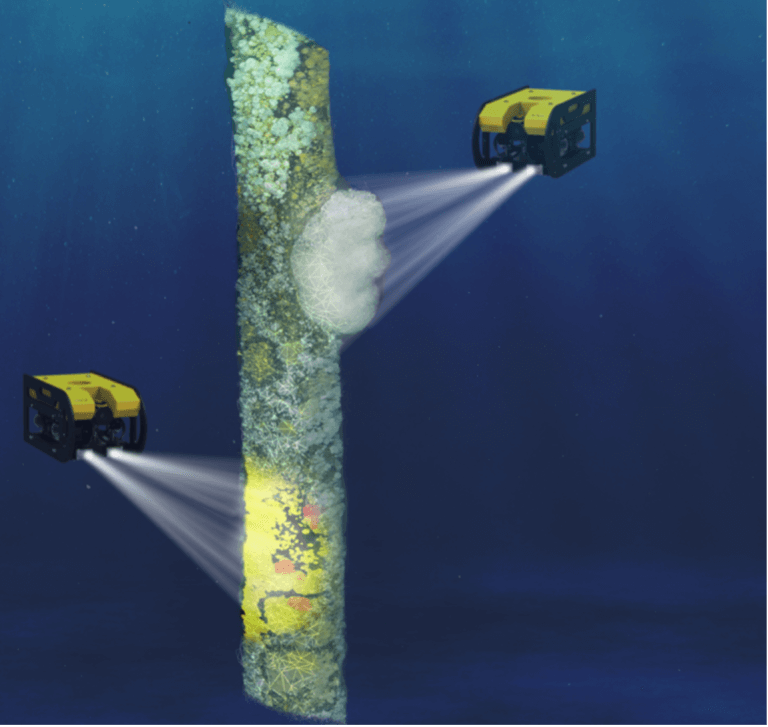
The first phase of the INSITE (Influence of man-made Structures In The Ecosystem) Programme evolved...

Through photogrammetry, AI and close industry collaboration, NS3D is revealing how much marine life thrives...
We regularly publish updates on the projects that are directly funded by the Programme and other related research. If you would like to be kept up to date, sign up for our Connections newsletter.